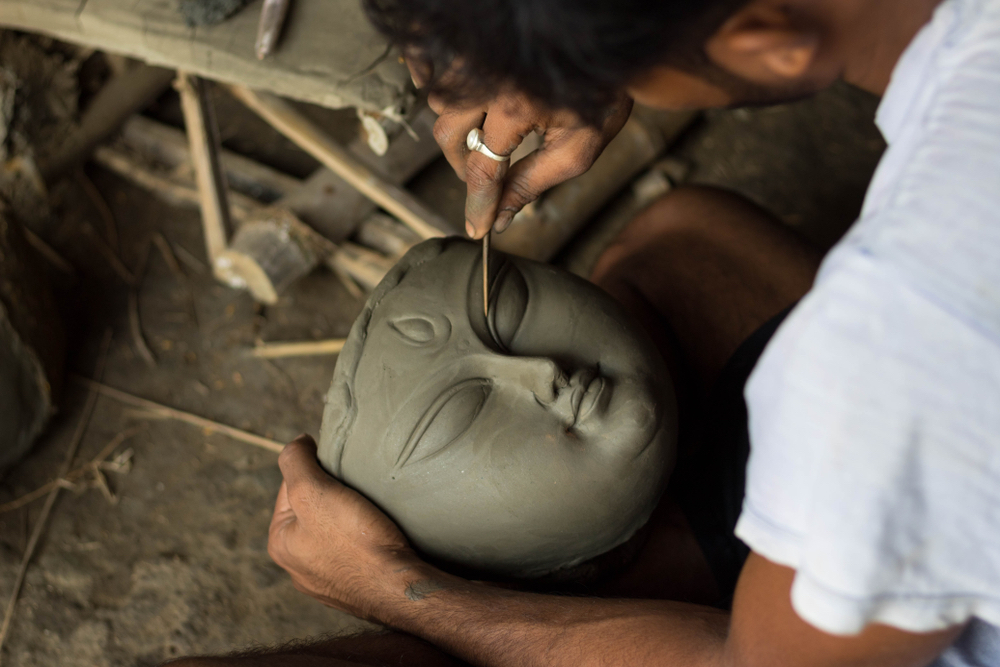
What do you think of when you hear the word “idols? Maybe you picture singers competing on a reality TV stage for fame and prizes. Perhaps you imagine popular stars capturing the hearts of American teenagers. You may even think of scriptural passages decrying their worship. These artifacts, also known as cult images, have a long and fascinating history among humankind.
Idols as Cult Imagery
Dictionary.com offers several definitions for the word “idol.” Each one has a slightly different connotation. For some, an idol is merely an image or object used to represent a deity or revered figure.
Scholars sometimes refer to idols as cult images. This term may confuse some people, especially considering how “cult” can represent an exclusive group with strange or harmful beliefs. However, the word “cult” originally did not have a negative connotation. As the Online Etymology Dictionary reveals, it comes from the Latin word “cultus,” which means “care, reverence, cultivation, or worship.” In other words, a cult image is an object used to revere, worship, or care for a deity.
Visual Stimuli, Memory, and Emotion
We learn about and judge our environments partially through sight. Scientific American’s Julian De Freitas points out how powerful and detailed our visual memories are, especially those of visual long-term memory. Yet images only enter our long-term memories if we deem that they’re meaningful.
Images can leave emotional impacts. A July 2019 Science Advances article details the results of a recent neuroscience study on how visual stimuli evoke emotion. After categorizing images by emotional content and observing participants’ brain activity through MRI machines, the researchers concluded that the human visual system contains emotional schemas. Simply put, specific visual stimuli can be mapped to distinct emotions, and this mapping likely occurs in the visual cortex of the human brain.
The Importance of Symbols
How are human emotion, memory, and vision related to cult images and worship? To understand how the three are linked, we should first consider how humans use and relate to visual symbols. The Encyclopedia Britannica mentions how visual artifacts convey meaning, but they cannot do so on their own. Humans must give them meaning by association.
Symbols, icons, and images function as shorthand by communicating specific concepts. Without such an association, they are devoid of significance. Leonardo da Vinci’s painting of the Last Supper would mean absolutely nothing to an extraterrestrial visitor to our planet, but those raised in the Christian faith would recall the Biblical narrative upon viewing the artwork.
Why Humans Use Cult Images
Idols are given meaning and sacred status because their group, culture, or faith of origin deems that they are sacred. Because people relate to visual stimuli on an emotional level, seeing a statue of a cherished deity can trigger emotions of love, devotion, and awe. These feelings may be more intense if you regard the idol as a manifestation or essence of a beloved deity rather than only a visual representation.
To understand how this works, let’s consider an example from Hinduism. “Murti” is a Sanskrit term that can be used to refer to an idol, but Yogapedia explains that it translates to “embodiment.” Once consecrated, a murti is considered to have divine qualities. Patheos breaks down Hindu devotional practices involving murti that include bathing, dressing, and adornment.
A Deeper Look Into Human Nature
Often referred to as idols, cult images serve to either remind devotees of their god or embody deities themselves. Humans have been visual beings since the dawn of time. Given our nature, it’s no surprise that we have such a deep need for visual stimuli when we worship.

